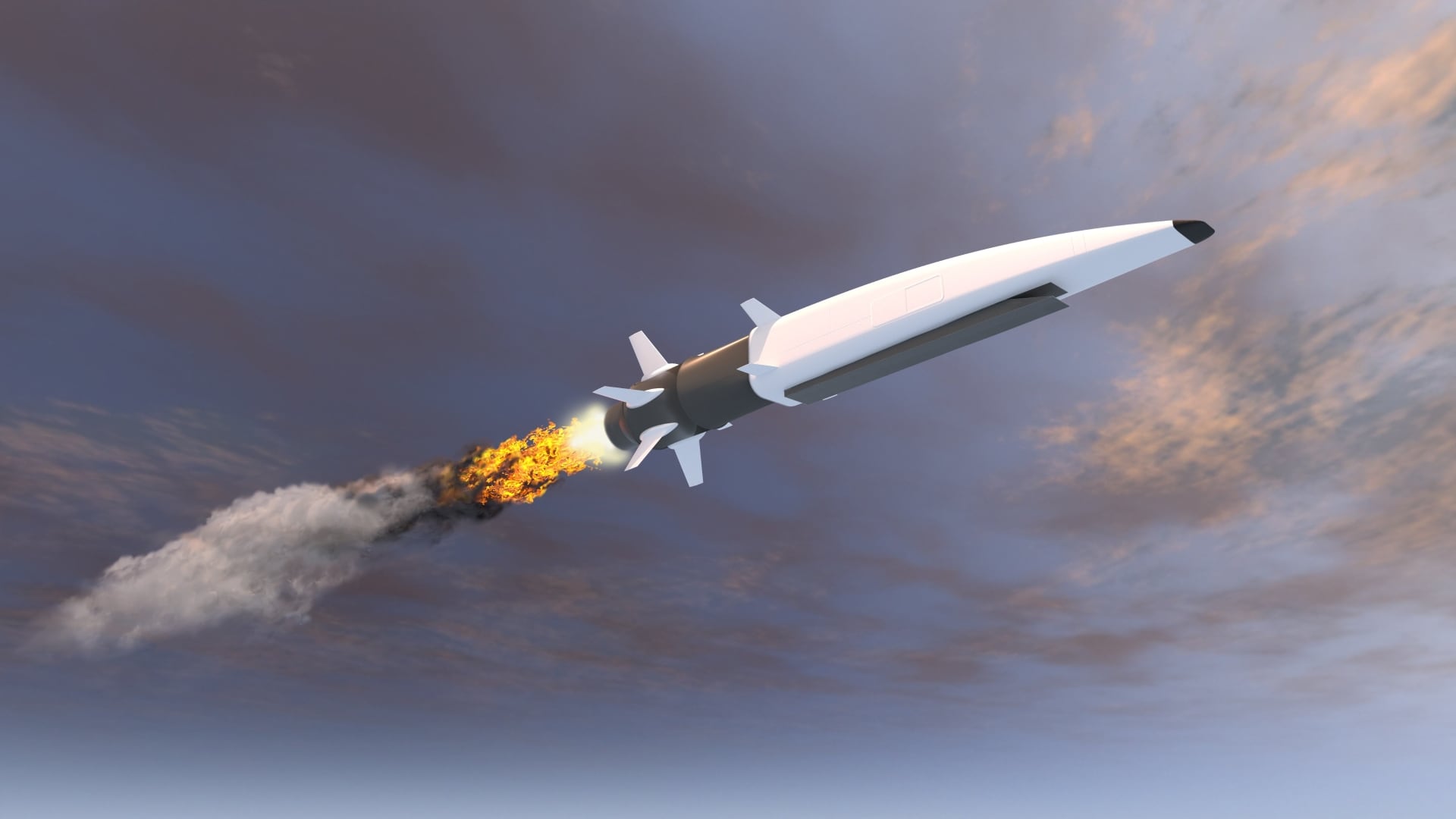For the first time since World War II, the Air Force is set to get enlisted pilots. Air Combat Command is developing entry requirements for enlisted airmen to fly RQ-4 Global Hawks, remotely piloted aircraft that fly high-altitude reconnaissance missions.
There are no current plans to allow enlisted pilots to fly MQ-1 Predators or MQ-9 Reapers. On Dec. 17, Chief of Staff Gen. Mark Welsh said that enlisted pilots' experience flying Global Hawks "under the supervision of rated officers will inform whether we apply a similar approach to other weapon systems," but he added: "It is too soon to speculate on any expansion of enlisted aircrew beyond the Global Hawk program."
The Air Force is trying to relieve a beleaguered remotely piloted aircraft community that has seen work hours skyrocket and morale plummet. Air Combat Command announced Dec. 10 it is adding between 2,500 and 3,500 new airmen to RPA operations to join the current estimated 1,700 pilots and sensor operators.
And for the first time, RPAdrone pilots who agree to serve five more years can get a critical skills retention bonus of $125,000. The service is also looking to potentially expand operations outside of Creech Air Force Base in Nevada, such as Langley Air Force Base, Virginia, and Davis-Monthan Air Fore Base, Arizona.
The new year 2016 will be the beginning of the end for the MQ-1 Predator. Now 20 years old, the Predator has been an ubiquitous part of America’s conflicts in Iraq and Afghanistan. But the aging platform is starting to be replaced by more of the MQ-9 Reapers, which have a longer flight time, wider range and bigger payload.
Greg Zacharias, the Air Force's top scientist, said he doesn't foresee the payloads or weapon systems on RPAs changing greatly in 2016.
The Air Force is also expected to release a plan in 2016 for using small unmanned aerial systems, similar to the ones commercially available. Lightweight and portable, they could be used as advanced scouts for infantry on the ground. Or, due to their low cost, large numbers of small UASes could serve as expendable troops, and swarm enemy defenses or anti-air positions.








